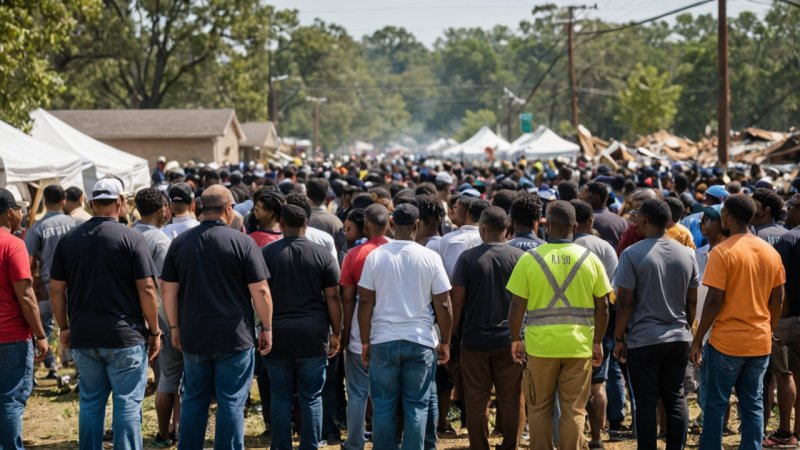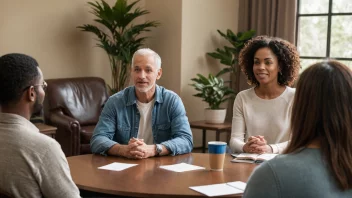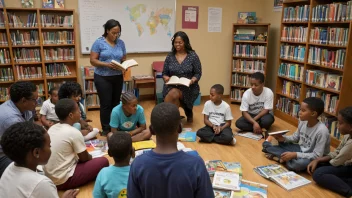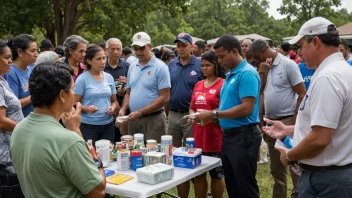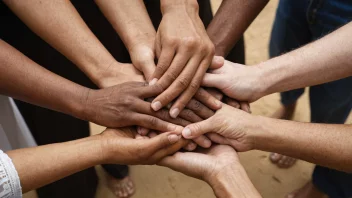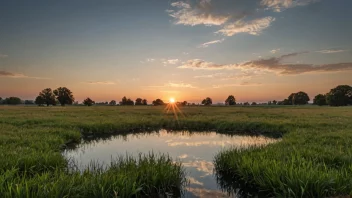Disasters, both natural and man-made, have a profound impact on communities, often revealing vulnerabilities and gaps in preparedness. However, through the lenses of resilience and recovery, we can glean valuable lessons from past events that can help us fortify communities against future adversities. By understanding how different communities have responded to disasters, we can identify effective strategies and practices that not only aid in recovery but also enhance the overall wellbeing of individuals and families. This article delves into the importance of building resilience in communities, focusing on key lessons learned from past disasters, and provides actionable insights for individuals and organizations looking to contribute to this vital endeavor.
The Importance of Community Resilience
Community resilience refers to the ability of a community to anticipate, prepare for, respond to, and recover from adverse events. It's not merely about bouncing back; it's about bouncing forward, ensuring that communities emerge from crises stronger and more equipped for the future. Resilient communities are characterized by a strong social fabric, effective governance, and the capacity to mobilize resources swiftly in response to emerging challenges. This resilience is paramount in the face of increasing global challenges, including climate change, economic inequality, and social unrest.
Lessons from Past Disasters
Examining past disasters provides a wealth of knowledge about what works and what doesn’t in building community resilience. Here are some key lessons learned:
1. The Power of Local Knowledge
Local knowledge and practices often play a crucial role in disaster preparedness and response. Communities that leverage their indigenous knowledge, cultural practices, and local resources are often more successful in managing crises. For instance, in regions prone to flooding, local farmers may have traditional methods of water management that can mitigate damage. Engaging local populations in planning and response efforts not only empowers them but also results in more effective and culturally relevant solutions.
2. The Role of Social Networks
Strong social networks are essential for community resilience. During disasters, communities with established relationships can mobilize support more quickly. Studies have shown that social capital—trust, norms, and networks—can significantly influence the speed and effectiveness of recovery efforts. Initiatives that promote community bonding, such as local events, workshops, and volunteer groups, can enhance these networks, ensuring that individuals are not left to navigate crises alone.
3. Preparedness Education
Education is a cornerstone of resilience. Effective disaster preparedness education equips individuals with the knowledge and skills necessary to respond appropriately during a crisis. Programs that teach first aid, emergency response, and disaster risk reduction not only prepare individuals but also foster a collective sense of responsibility within the community. Schools, community centers, and local organizations can serve as platforms for disseminating this crucial information.
4. Collaboration Across Sectors
Disaster resilience is not solely the responsibility of government agencies; it requires collaboration across various sectors, including non-profits, businesses, and community organizations. Partnerships can lead to resource sharing, knowledge exchange, and a unified approach to tackling challenges. For example, during the COVID-19 pandemic, many communities saw successful collaborations between local health departments, businesses, and non-profits that provided critical support and resources to vulnerable populations.
5. Embracing Technology
Technology can play a pivotal role in enhancing community resilience. From early warning systems for natural disasters to mobile apps that facilitate communication during crises, technological innovations can improve preparedness and response efforts. Additionally, social media platforms have emerged as vital tools for disseminating information, coordinating aid, and fostering community engagement during emergencies.
How Individuals Can Contribute to Building Resilience
Every individual has a role to play in fostering community resilience. Here are some actionable steps you can take:
- Get Involved with Local Organizations: Volunteer your time and skills with organizations focused on disaster preparedness, response, and recovery.
- Participate in Community Events: Attend local meetings, workshops, and training sessions to learn and connect with others in your community.
- Educate Yourself and Others: Take the initiative to learn about disaster preparedness and share that knowledge with your friends, family, and neighbors.
- Advocate for Policies that Promote Resilience: Engage with local leaders and advocate for policies that strengthen community infrastructure and support vulnerable populations.
- Build Relationships: Invest time in building relationships with your neighbors. Strong community ties can make a significant difference in times of crisis.
Conclusion
Building resilience in communities is a multifaceted endeavor that requires collective effort, innovative thinking, and a commitment to continuous learning. By drawing upon the lessons learned from past disasters, we can forge stronger, more resilient communities that are better equipped to face future challenges. As individuals, we possess the power to contribute to this resilience through our actions, advocacy, and engagement. Together, we can create a world where communities not only survive disasters but thrive in their aftermath, emerging more united and empowered than ever before.
